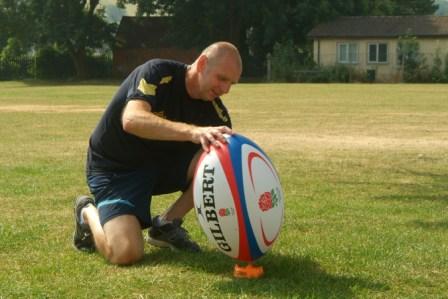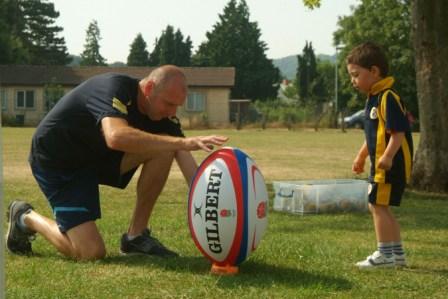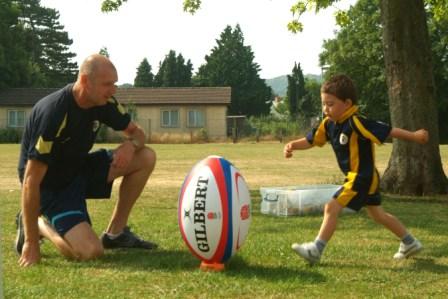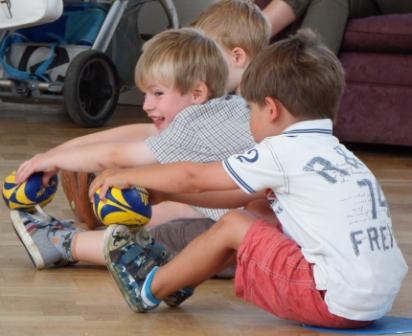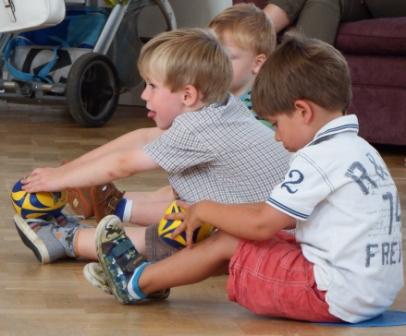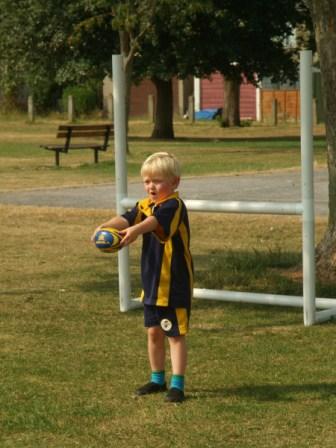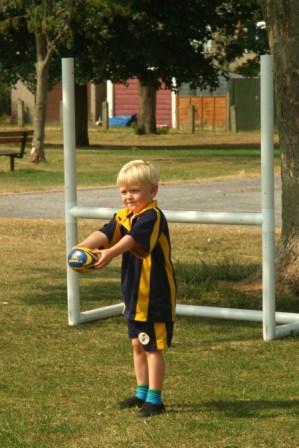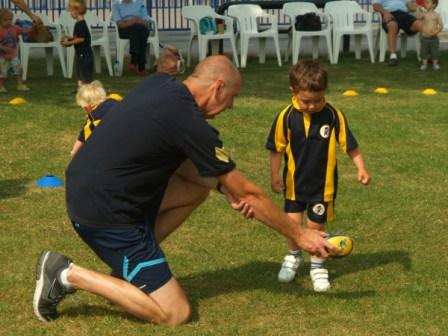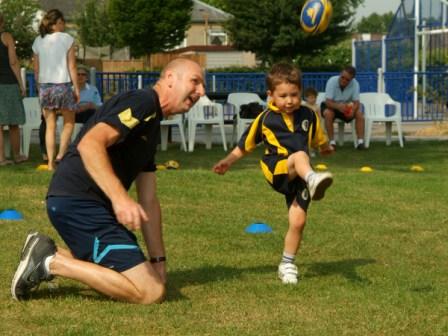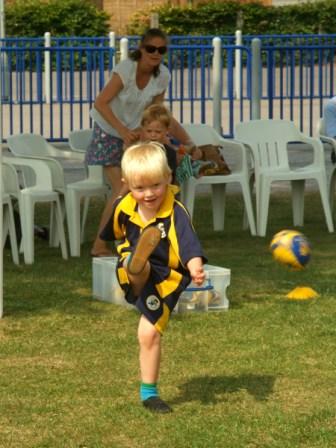Growing the rugby family
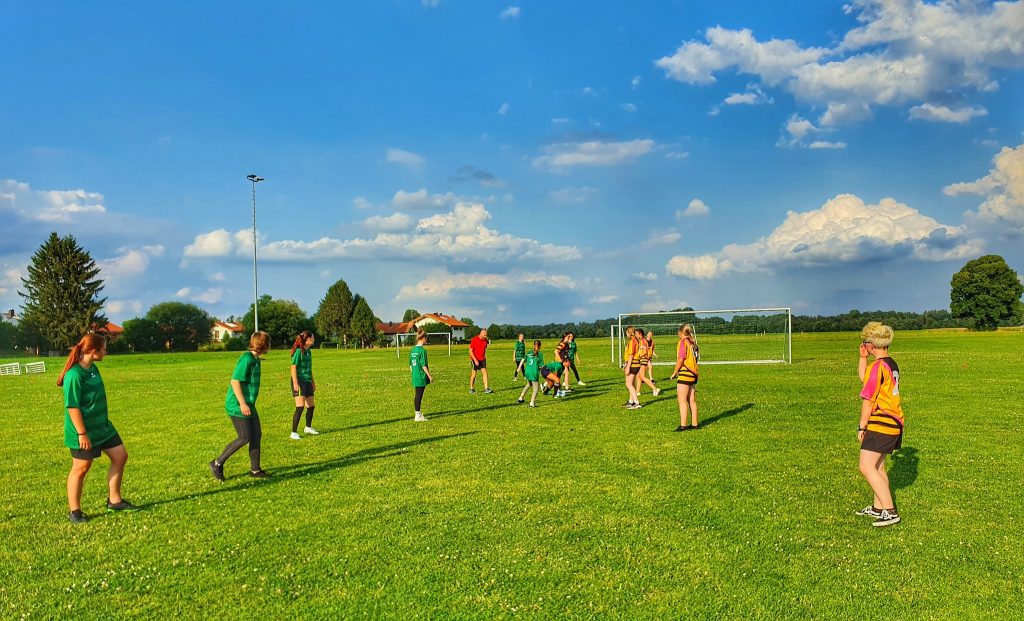
Posted: September 22nd, 2022 under Uncategorized - No Comments.
Follow us for News
For all our latest news follow us on Facebook @rugbytykes & Twitter @rugbytykes’
Posted: September 3rd, 2019 under Uncategorized - No Comments.
Supporting Gloucester-Hartpury Women
We are sponsoring Gloucester-Hartpury Kicking Coach Rich Whincup.
We are looking forward to Rich and the players coming into sessions to pass on their kicking knowledge.
Posted: November 12th, 2017 under Uncategorized - No Comments.
The Rugby Family
A new season has started after a summer when we saw The Lions draw the series with the All Blacks. A great Women’s Rugby World Cup in Ireland. More Girls , Ladies, Boys and Men inspired to play rugby. Rugby Tykes is a great grounding to start on the pathway in any sport. We adopt Rugby’s core values of respect, enjoyment, sportsmanship & discipline into every session. So come and join the Rugby family!
Posted: September 5th, 2017 under Uncategorized - No Comments.
Cheltenham Open Door & Rugby Tykes
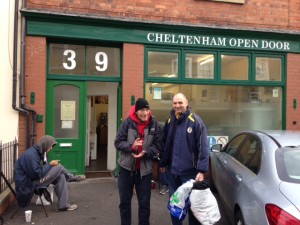 At the end of term we dropped off the very kind donations from the parents and children at Rugby Tykes. Chair of the charity Geoff Sallis took us around the premises.We met the volunteers who were serving lots of cooked breakfasts and we help store away the donations which kept arriving during the morning.
At the end of term we dropped off the very kind donations from the parents and children at Rugby Tykes. Chair of the charity Geoff Sallis took us around the premises.We met the volunteers who were serving lots of cooked breakfasts and we help store away the donations which kept arriving during the morning.
The man in the photo with Pete was the first to make use of our donations when he chose a Helly Hansen hoodie from the car and said “This is the first time I have felt warm in days”.
The experience this morning was both humbling and gratifying.
All we hope is for this post to raise awareness for the Cheltenham Open Door project.
Merry Christmas
#BigCommunity
http://www.cheltenhamopendoor.org.uk/
Posted: December 19th, 2016 under Uncategorized - No Comments.
A New Academic Year

We work in many local schools and nurseries delivering games and skill based activities in line with the national curriculum. These have been adapted by Pete Healey who leads all the sessions. Pete set up Pete Healey Sports 9 yrs ago and is a qualified RFU & FA coach and has many years experience working in a school environment. Sessions can be arranged to fit in with the schools time table needs.
We offer coaching at very competitive rates and are currently filling in our time table for the next academic year so contact us soon to book your sessions.
Posted: August 28th, 2016 under Uncategorized - No Comments.
RWC 2015
This is an exciting year for rugby with a home world cup. So take your first step on the rugby pathway by joining Rugby Tykes. We uphold all the traditions and disciplines of rugby so come along and join the rugby family and take part in #rugbyfun .
Posted: August 24th, 2015 under Uncategorized - No Comments.
New coach Sam Johnson

Sam Johnson will be the new coach in the Worcester area.
Sam is a RFU level two coach. He has recently spent time coaching and developing teams in Italy.
Sam has worked with children of all ages including a spell working in a local primary school.
His 14 years of rugby experience on and off the field will bring a lot to Rugby Tykes.
Posted: September 6th, 2013 under Uncategorized - No Comments.
Kicking out of hand – the Mechanics
Everyone has kicked some sort of ball, whether it being in a small sided game of football, returning a ball on the beach to a group of kids or in a full sided match between two competitive teams. Most of these kicks have been from hand or even of the floor and after that breathtaking last gasp drop goal in the 2003 World Cup Final in Australia, another option has been added to armoury. The drop kick!
It is alright being able to do it once, but to do it consistently well, and with understanding is when the art of kicking comes to the fore. It is important that the models that are outlined here are there to guide and help, but it must be comprehended that it is an individual skill and should be adopted and developed with the individual in mind. Each individual will have different length levers, different placement techniques and will perform different kicks with a differing degree of success.
Before embarking on the various techniques and the mechanics of each kick, it is important to establish some fundamental principles that form the foundation of all types of kicks, whether it is off the floor or out of hand. It is essential that there is some comprehension of these principles initially, because as development takes place, being remedial or advanced, it can cause vast damage if not corrected properly. I see coaches rectifying a technique with the wrong intervention, because they have not understood the principles of the kicking action!
These principles for me are:
FLOW/RHYTHM:
The bases of all kicking actions! Any sport relies on rhythm or a basic flow to it skill movement. Some examples are: Golf with the swing, cricket with bowling, basketball with its free throw shots and tennis with its serve.
It is the ability to control the sequence of the body action and place them in order to maximise technique. If you where to pick up a stone and throw it, you would not stop at each point of the movement. Each point signifies the movement of the next and initiates a continuous action that becomes one smooth sequence with no breaks between the mini actions contained within. Thus, in simple kicking terms, a tall body will initiate the hips, which then initiate the thigh that initiates the knee that initiates the ankle that initiates the foot through the ball. To the naked eye it may be hard to spot when done well, but when down badly, you will be able to see when two body parts move out of line with each other. Remember here, that the sequence is to give us a balanced state when we make contact with the ball. The finished state should be towards the target with all our weight travelling towards that target.
One step drills are good for developing this or just kicking a round football against the wall in a repetitive nature.
POSTURE:
Simply for me, this is just about being tall, keeping the upper body as elongated as possible for as long as possible throughout the kicking action.
By keeping the head up and the spine straight, it will allow greater flexibility of the lower back and gain greater movement in the hamstrings. Also, by stretching the body to its tallest position (power band) before contact with the ball will create greater power without compromising the technique or the rhythm of it. You hear in golf, ‘he/she was too quick’, thus the movement or rhythm has been forced.
As an example stand up and bring you head over your chest and bend the back. Now try and lift your kicking leg off the floor straight, and see how high you can get it.
Now, with the head held up and back straight(tall), pulling up rather than pushing up, now try and lift your leg up straight.
Experience the difference??
Thus by being taller, the mechanics are greater and allows free movement when kicking.

PLACEMENT:
This is where the ball is placed in relation to the body in order to maximise the kicking action. Place is the word I often used and is misinterpreted when it comes to the kicking action. Other words used are drop, throw and roll the ball out, but all these will, if executed correctly give different positions for which the ball can be kicked.
Place mean PLACE! The ball has to be in the same shape when it leaves the hands to when the ball makes contact with the foot. Any distortion will not allow clean strike through the ball and thus not an effective kick. It is the same when kicking off the floor, there has to be an optimum position that allows the foot to travel through the ball cleanly and straight to target.
Again, this will depend on the type of kick and the bio-mechanics of the individual. Positioning of the ball and shape of it, nose up or nose down, or high or low trajectory will determine the position on contact.
Ideally, the sequence with good rhythm should allow us to place the ball consistently in the kicking cycle that will allow the kicking foot to make a sound contact in the right contact zone and in the right line.
CONTACT:
Thus, so far, we have good understanding of rhythm, tall posture that allows a good power band (described later) and consistent placement technique. We now need to comprehend the notion of contact and what we want to achieve form a sound technique.
The foot has to be locked at the ankle making a rigid club head that is going to strike through the ball in a straight line. The point of contact on the foot should be at the top; this is the hard bony knuckle that sticks out. This is solid and gives a hard surface to make contact with the ball. In relation to the body, the ball and the foot should just meet after the kicking leg has passed the non- kicking leg (plant leg). The knee on impact locks out and then produces a long swing through the ball. It is important that the non – kicking leg keeps driving towards target with the studs finishing high and facing forward. The knee flexion before contact will generate speed and though the ball.
Again, the placement should dictate where the contact is made in relation to the body, but the point on the foot does not change.
The shape of the ball on contact will change for different types of kick.
FOLLOW THROUGH:
This is simply the mechanics of the foot and body releasing towards target during the final stages of the kicking action and after the foot has finished contact with the ball.
Releasing is the term I describe the motion of the body and non – kicking foot lifting off the ground and travelling towards the target of the kick. The non – kicking foot must remain in contact with the floor whilst the action (sequence) is taking place to maintain strength, stability and balance. However, this will slightly change when the creative kicks are introduced.
SUMMARY:
RHYTHM/FLOW
POSTURE
PLACEMENT
CONTACT
FOLLOW THROUGH.
This is the bases of all kicking action and time should be spent understanding these before embarking on any kicking programme.
The drop punt or the End over end kick.
Posted: October 12th, 2012 under Uncategorized - No Comments.
Speed & Agility
Sport examples …
Ability to change direction quickly during a match.
Ability to weave between players at speed.
Ability to react quickly either to a command to start or a change in play.
Everyday life examples…
Rushing to get somewhere.
Reacting to slipping on an unstable surface.
Stopping or changing direction quickly to avoid bumping into something or someone.
Posted: September 4th, 2012 under Uncategorized - No Comments.




